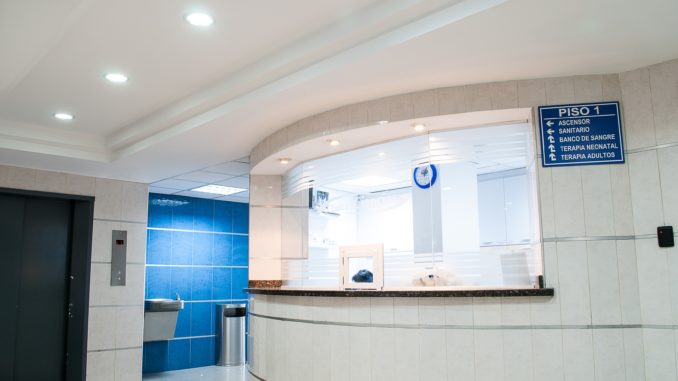
New research has concluded that the reorganisation of emergency care caused by the closure of an accident and emergency (A&E) department doesn’t change population mortality
The closure of an Accident and Emergency department is a monumental decision to take, with potentially serious implications for both the local health system and patients. In areas where an A&E closure is proposed – like the Weston General Hospital in Somerset and the Princess Royal Hospital in Telford – the public will often spring to its defence, concerned about the impact closures could have on what they consider to be vital services.
In the 2018 report, Closing five Emergency Departments in England between 2009 and 2011, a Southampton-based research team concluded that patients’ fears may be unfounded. The report concludes that, while there is variability in most outcome measures between sites, ‘…there was no reliable evidence that the reorganisation of emergency care was associated with a change in population mortality.’
So, what does this mean for emergency care in light of the proposed A&E department closures announced in Sustainability and Transformation plans?
Into the detail
The researchers set out to understand the impact that emergency department (ED) closure would have in five local areas; Newark, Hemel Hempstead, Bishop Auckland, Hartlepool and Rochdale.
The primary outcome measures were:
- ambulance service incident volumes and times
- the number of emergency and urgent care attendances at EDs
- the number of emergency hospital admissions
- mortality
- case fatality ratios.
The results were compared to those of five control areas where emergency services remained the same throughout the period.
The overall findings concluded that there was evidence of an increase, on average, in the total number of incidents attended by an ambulance following 999 calls – including those categorised as ‘potentially serious emergency incidents’.
However, analysing the data, researchers found that there was ‘no statistically reliable evidence’ that the closure of emergency departments led to changes in the number of attendances at emergency or urgent care services or emergency hospital admissions
However, analysing the data, researchers found that there was ‘no statistically reliable evidence of changes in the number of attendances at emergency or urgent care services or emergency hospital admissions’.
It also found that the rate of deaths did not increase following the ED closure in any site. However, they did identify a ‘small increase’ in an indicator of the ‘risk of death’ in those areas where emergency departments had been closed, when compared with the control areas.
The study didn’t look at the impact on primary care, and suggests that this could be a potential avenue for future research.
Impact measurement
Speaking to The Guardian, co-author of the report, Emma Knowles, said, “Often, local people feel passionate about retaining emergency departments when they are under threat of closure. There is a perception that closing an emergency department will lead to an increase in deaths. Our study was the first to provide some much-needed evidence to inform the public, NHS planners and policy makers when making these decisions.”
The report, seemingly, supports the decision of CCGs to close up to 24 A&E departments, as announced in Sustainability and Transformation plans in 2017. In these area, costly emergency care provision is proposed to be replaced by urgent care centres, or by transferring patients to other providers, in an effort to remodel the health service in an effective way and improve financial viability.
The plans suggest that provision can be shared among existing services or transferred to cheaper, ambulatory alternatives such as walk-in centres and urgent care centres – a belief that will be reinforced by the findings of this report.
The findings come at a time when A&E performance is in the headlines, with NHS England chief executive Simon Stevens announcing that the four-hour wait target could be scrapped. The focus, he believes, should be on outcomes, not time, suggesting that ‘top doctors’ want indicators to focus on clinical standards.
Questioned on Radio 4’s Today programme on whether the motivation for this was less about clinical care, and more about avoiding the negative headlines that accompany the persistent failure to hit targets, Stevens insisted that this was not the case.
The figures tell a different story, with December data from NHS England showing that just 86.4% of patients were seen within 4-hours – a significant underperformance against the stated target.
It may be argued that the impact of a closure of an emergency department should be measured by more than simply the number of people who have died or not; the researchers acknowledge this, showing an awareness that the closure of an emergency department may have ‘implications’ for providers, with a specific – and significant – pressure on ambulance service providers.
In a health system that’s struggling to cope with increasing patient numbers, any reduction in capacity – and the corresponding increase in demand on existing care providers – should be carefully weighed.
You can read the full report at: https://www.ncbi.nlm.nih.gov/books/NBK513754/
Don’t forget to follow us on Twitter, or connect with us on LinkedIn!

Be the first to comment